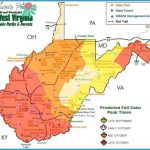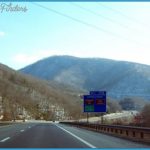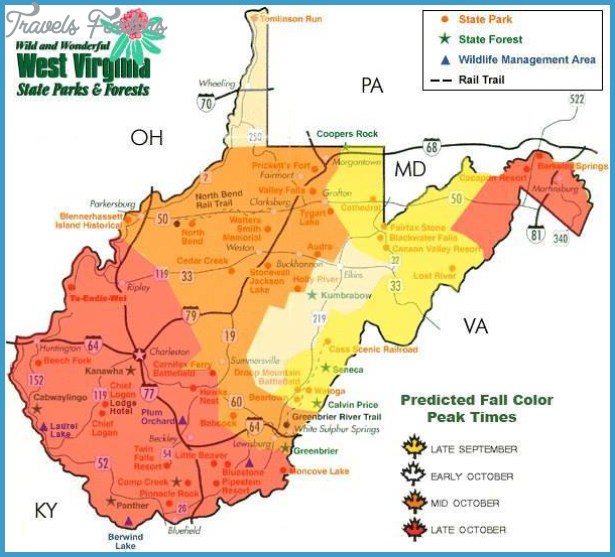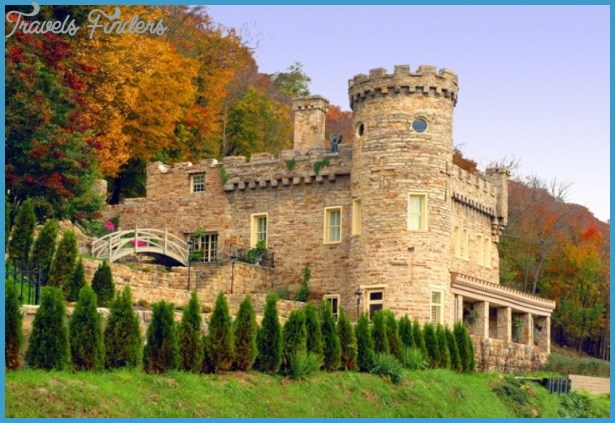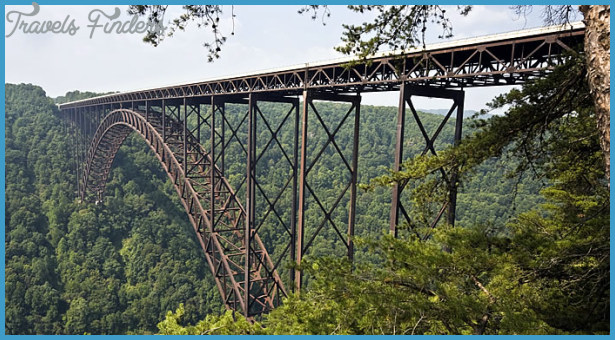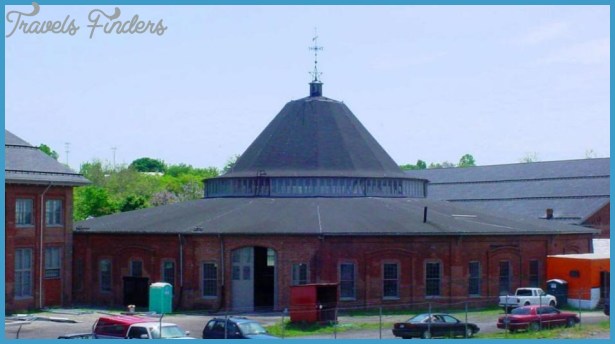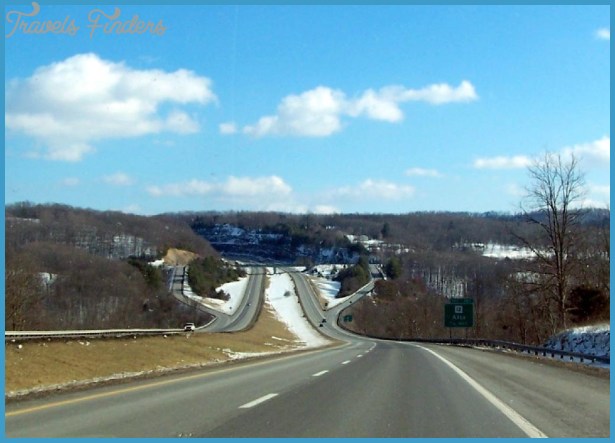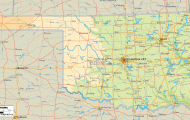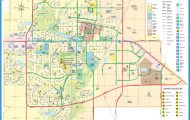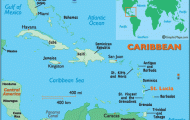West Virginia cultural contributions
Spaniards living in West Virginia mining communities in the twentieth century contributed to the cultural richness of the state. Their importance to the booming zinc economy at the time, for example, is memorialized in a historical highway marker for the town of Spelter. It reads, Spelter community. Company town built for immigrant, primarily Spanish, zinc plant workers, 1910-1911.11 In copper-and zinc-mining communities throughout the state, Spanish migrants integrated themselves into the larger fabric of West Virginia culture and thrived as businessmen and laborers. Many of these migrants came from the regions of Asturias, in northern Spain, and Andalusia, in southern Spain. They brought their rich culture with them, including music, culinary tastes, religion, and language. In southern West Virginia in 1938, Spaniards formed the Ateneo, a social club and mutual-assistance organization for their community. Although the membership has declined somewhat over the years, members continue to meet several times a year to share in food and folkways. They also brought with them anarchist tendencies that contributed to important mining strikes of the century during the 1930s and 1940s.12
These early migrants left their imprint not only with historical markers and abundant Spanish surnames throughout the state, but also through their documentation of migration to West Virginia. The Asturian community, for example, maintains an online forum through which they share stories, photos, memories, and other information. Several children of Asturian migrants have documented their parents’ or grandparents’ migration to West Virginia.13 Beyond this forum, members of West Virginia’s Spanish community have also contributed through their scholarly publications. Gavin Gonzalez’s Pinnick Kinnick Hill, for example, provides a personalized account of Asturian migrants living and working in the zinc mines near Clarksburg, West Virginia. His account relates the working conditions in the mines, the prejudices migrants withstood, their incredible resilience, and cultural celebrations. In addition to Gonzalez’s work, several academic theses have been recently written about the Spanish presence in West Virginia. These accounts contribute to the growing awareness of a cultural diversity that has spanned more than a century.
The cultural contributions of Mexican migrants in the last century have not been so well documented. However, Mexican migration to West Virginia in the early to mid-twentieth century has inspired the production of a multimillion-dollar independent film. 700 Hill, currently in production, is inspired by the lives of entrepreneur David Mendez’s grandparents. His Mexican grandfather migrated from the mining town of San Luis Potosi to a coal-mining community in West Virginia, where he married an Appalachian-born Anglo woman who would become Mendez’s grandmother. Beyond telling the life stories of Mendez’s grandparents, the film will recover a history of Mexican migrants that until now remains untold.
The post-1990 wave of Latino migrants continues to contribute to West Virginia’s cultural and ethnic diversity. The influence of Latino culture is evident in the burgeoning numbers of Latino restaurants that have opened in the last two decades. Today it is also not uncommon to see storewide advertisements written either in Spanish or both English and Spanish. In stores across the state, Mexican foods and music, along with Spanish-language videos, are sold widely. Additionally, social-service providers are increasingly coming into contact with the growing migrant population. In recent years, a radio program even interviewed local Latino leaders and provided information on social services to the community. In the schools, Latino presence has also contributed to the emergence of bilingual education programs and bilingual church services in the state. Within higher educational institutions, Latino graduates with bachelor’s degrees have increased since 1993. At West Virginia University, the growing numbers of Latino youth prompted the formation of the first Latino college organization in the state, the Latin American Student Organization (LASO). And in 2007, the West Virginia University’s Extension Service launched the first Latino 4-H club. Finally, the influx of Latinos into the state has prompted community leaders in several
counties to include Latino heritage as a part of broader ethnic celebrations. In the eastern panhandle, the Hispanic Heritage Festival has become a popular celebration that draws people of all cultural backgrounds together. Certainly, as the Latino population of the state continues to grow, it is likely to make more profound cultural impacts.
notes
1. West Virginia Ethnic Communities.
2. See Gavin Gonzalez.
3. Hidalgo, Reconstructing A History of Spanish Migrants, 116-119.
4. Sarah K. Winn, 700 Film Producer Wants to Tell Story of Mexican Immigrants in West Virginia, Sunday Gazette-Mail, September 16, 2007.
5. See Padilla.
6. West Virginia: Featured Facts, from the Southern Regional Educational Board Fact Book on Higher Education, Atlanta, GA. Fact book available online at http://www.sreb.org.
7. http://www.census.gov/Press-Release/www/2001/cb01-53.html.
8. HispanicTrends.com, September 2004 Briefcase-Dynamic Trends. Available online at http://www.hispaniconline.com/trends/2004/sep/briefcase/dynamictrends.html.
9. See West Virginia Advisory Committee to the U.S. Commission on Civil Rights, Civil Rights Issues in West Virginia.
10. Associated Press, Mexican Consul General Visits West Virginia, November 24, 2003.
11. http://www.asturianus.org/album/americanPlacesPhotos.html.
12. See Hidalgo, En las montahas.
13. http://www.asturianus.org/album/familySocialRecentPhotos.html.

